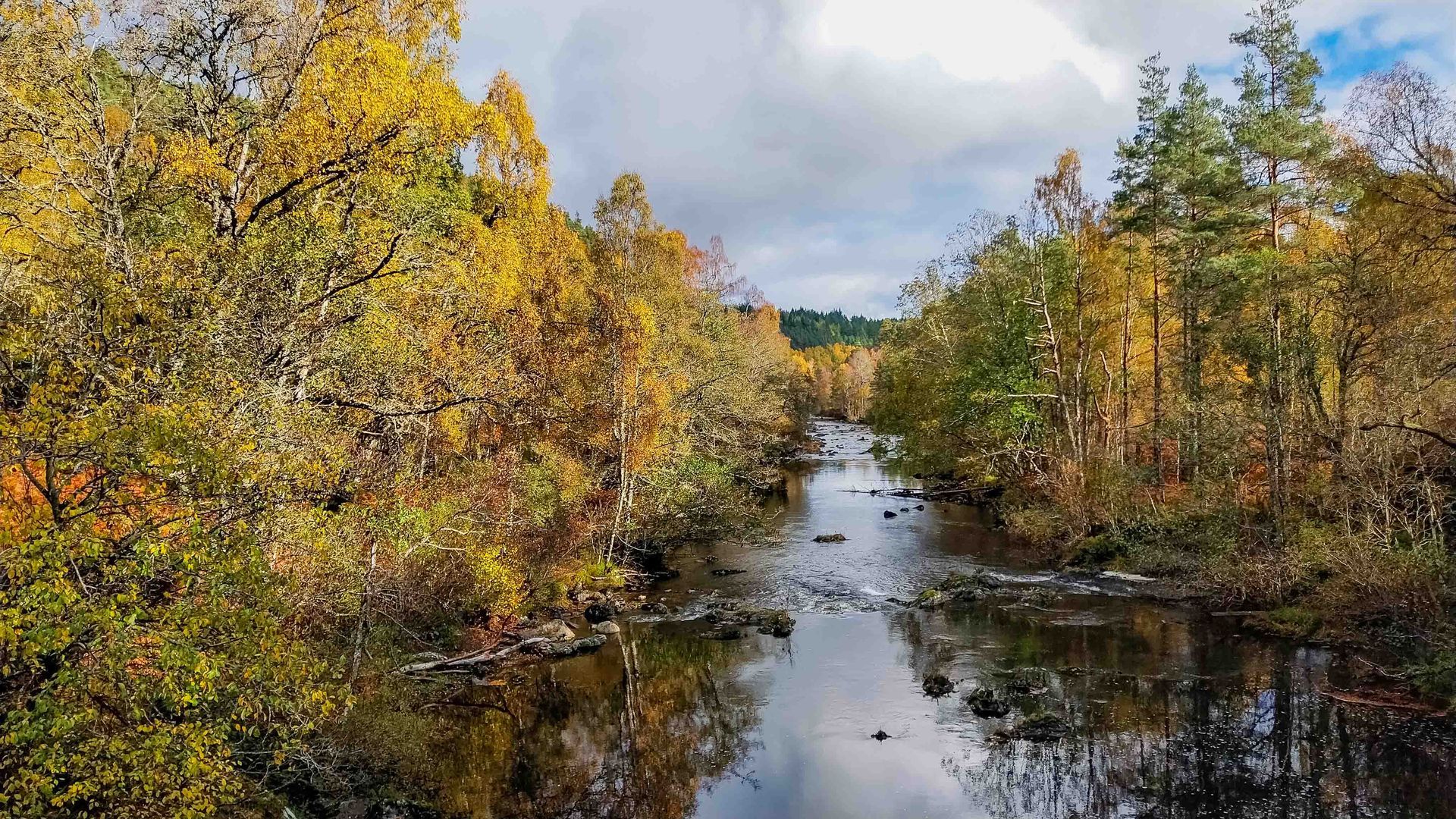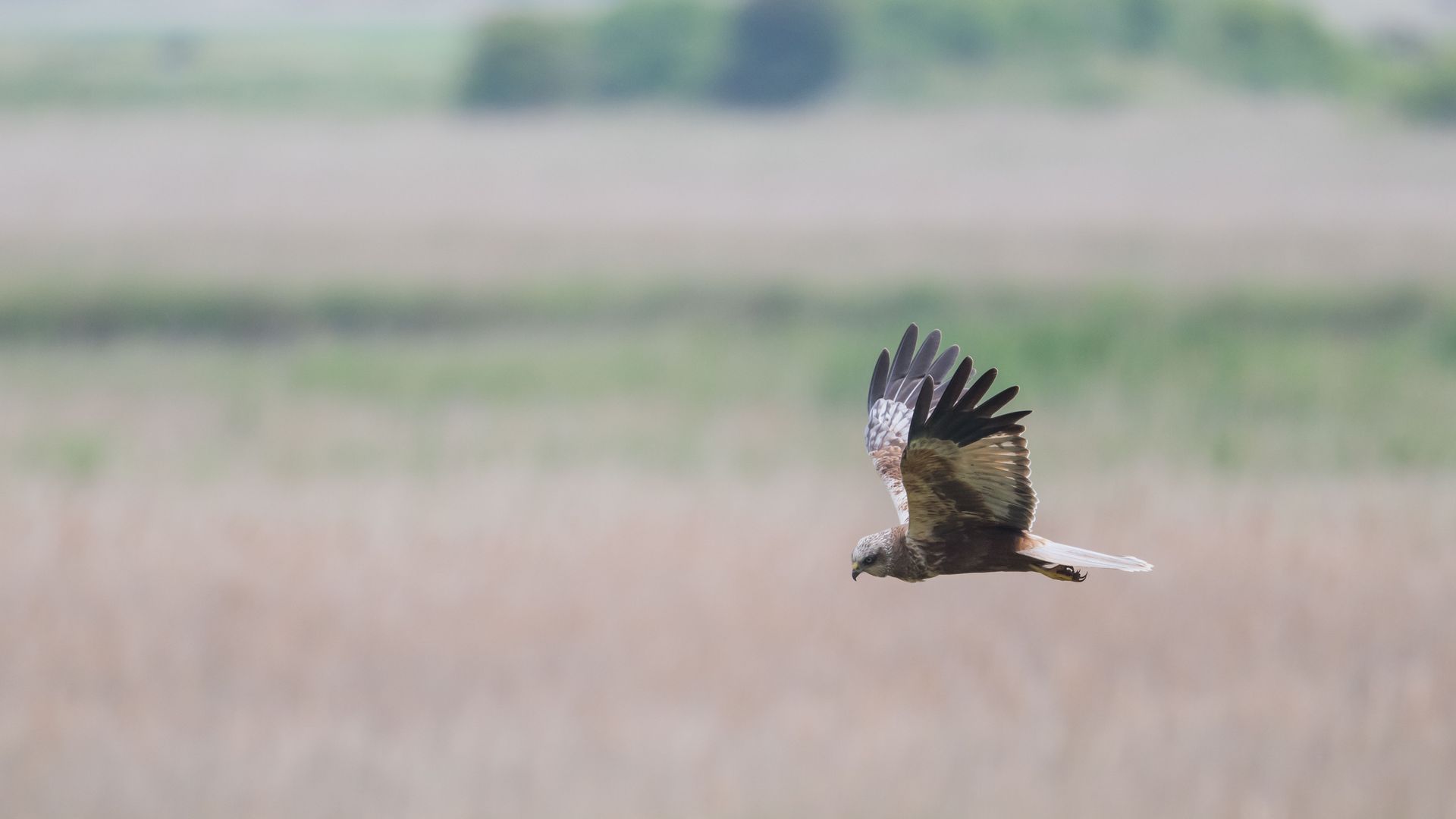A Day Trip To Wiltshire
April 2023 marked the end of my quest to see all the butterflies that live their complete life cycle in Sussex. The final species I saw, during the Easter weekend, was the Large Tortoiseshell. Following the exciting conclusion to my adventure, I wrote a post about Discovering the Butterflies of Sussex. In it I mentioned how chuffed I was with what I'd achieved and how I didn't really want to start the next obvious quest straight away, to see all the UK butterfly species. But, with the spring and summer months stretching out before me, it seemed silly not to make a start this year. Bob and I were still in the early stages of our budding romance, and the idea of spending a lovely long day out together was just too enticing to pass up. So, in late May, we headed over to Martin Down National Nature Reserve in Wiltshire, in the hope of seeing the Marsh Fritillary. It would be my first, but not for Bob. He's already seen all the UK butterfly species, except for the Cryptic Wood White, which is only found in Ireland.
We woke super early and reached the nature reserve by 8am. Unsurprisingly, we were the first ones there. It was still quite cool and a little windy, but nice enough to enjoy our breakfast sitting on a bench by the car park, overlooking the wildflower meadow and the hills just beyond to the south. We heard a Cuckoo calling nearby - an unmistakable sound of spring. Lovely! It was a great start to the day.
Before we set off along the path, I made sure the bottom of my trousers were tucked into my socks. This is a necessary step to prevent ticks finding their way to my skin. It's not full-proof mind! But it worked on this occasion!
Rather than walk along the main track, we followed a narrower path along the edge of the meadow, keeping our eyes open for anything of interest. I just happened to glance down towards the grass on my left and saw this gorgeous little Grizzled Skipper with its wings wide open, warming up. It was my first of the year. It's the second smallest butterfly in the UK and a real cutie, as far as I'm concerned!
Further along our walk, but still quite early, we saw some more of them in a more dense bit of vegetation. It was hard for me to get a clear shot of them with so much distracting background, but I was rather pleased with the second one shown here, which is quite nicely backlit. I enjoy taking these kinds of shots. I had to get down really low to be at its eye level, but by doing so, it makes me feel like I'm in its world.
A Yellowhammer and Corn Bunting were both heard, then seen, at the top of the hedgerow alongside the path. Shortly after, I spotted a male Goldfinch drinking from a puddle of water on the track. It was too quick for me, and flew off before I was able to get a sharp image. A male Stonechat was also teasing me. It was posing on the tops of the lower shrubs and trees, but never settling for long. I tried sneaking up on it, slowly and quietly, whilst Bob waited patiently back on the path. He wasn't bothered with getting a shot. But, as luck would have it, when I tried to get closer to the Stonechat, it flew away from me and landed much closer to Bob, posing nicely. He couldn't resist a quick snap and got the shot I wanted! Of course! I didn't hold it against him. That's the way it goes sometimes. I certainly couldn't complain, as a little later I was able to photograph this juvenile Stonechat that was far less flighty. It just looked stunning with the Hawthorn in full blossom all around it.
Lots of people have been noticing how amazing the Hawthorn blossom has been this year. I've never seen it look so good. Some trees were white and others a lovely soft pink colour. It was quite breathtaking!
Early in the morning I spotted a few Hairy Shieldbugs, which are a little different to the ones I usually see on my walks. I was also very pleased to see an Adder basking in the sun at the foot of the hedgerow. Bob spotted it first - he's got eagle eyes! It's just one of the many reasons why he's such a good tour guide! I was certainly happy to be having my own private tour with him. He's so knowledgeable! He explained that the snake was ready to shed its skin - referred to as sloughing - and that you can tell because of the colour of its eyes, which have turned opaque.
We continued along the path, but there was still no sign of our target species for the day - the Marsh Fritillary. I wasn't worried or disappointed, as there was still lots of time. I remained hopeful. There was in fact a second target species for the day - the Burnt Orchid. It was another species I'd not seen before and Bob knew it's a good site for them. Bob knows how much I like to find things for myself, so he didn't point them out to me when we were very close, but he did say there was something of interest close by. Well, it didn't take long to spot them, as they were on the bank right beside the path. There were small little clusters of them dotted along the route. I love this deep colour red, so they're one of my favourite orchids.
This is a male Marsh Fritillary. Even though its abdomen is slightly more bulbous, like the female in other butterfly species, with the Marsh Fritillary, the female's abdomen is much broader than this. In this photo you can see the distinct line of orange along the rear edge of the abdomen, which the female doesn't seem to possess.
As usual, I was keen to get a few underwing shots as well as the more common pose with the upperwings fully open on display. It was also fabulous to see it nectaring.
We briefly saw one other Marsh Fritillary whilst photographing this male. The two of them briefly whirled up into the air and then the interloper vanished. By the time we'd had our fill of watching this male, we were ready to move on and eat our picnic lunch. We didn't see any more Marsh Fritillaries in this area and so began our return walk back to the car. Aside from regular sightings of 'yet another Small Blue', we also had a glimpse of a Green Hairstreak near the Burnt Orchids. This was where Bob spotted some Field Fleawort, a rarity in the UK.
It was a real turnaround, having struggled to see just two, to seeing about eight in the space of about an hour. It was wonderful walking around the banks in the area, despite the heat, capturing lots of images of these orange beauties. I was particularly pleased to have a few nice shots of them nectaring on flowers. Unfortunately, I wasn't that close to the individual that landed on a Common Spotted Orchid. Someone else was lucky enough to be closer to take that shot, which hopefully they were pleased with.
Eventually, after our long day out in the sun, we decided we'd had our fill and were ready to walk back along the path towards the car. Eager to rest and relax, I suggested we sit down on the bench again, where we'd had our breakfast at the start of the day, and enjoy some snacks before the long drive home. At first, it was lovely and peaceful. This time it was the sound of a Turtle Dove that made me smile - a sound I don't get to hear so often any more in springtime. But, no sooner had I mentioned us having a little mindfulness moment, someone started their car and music blasted out from their stereo. It was a bit of an assault on our ears! We laughed at the timing! Thankfully, they didn't stay too long.
It really was a perfect day! The only other thing that blighted the memory of it was the fact my car wouldn't start. Not great timing, especially considering it was late afternoon on a Friday before a Bank Holiday weekend. Thankfully, though, after waiting about half an hour, when I tried it again it started. Phew! I didn't dare risk turning off the engine, so we loaded everything up and headed home. Despite that glitch - it was a wonderful day spent in Wiltshire!
Marsh Fritillary



